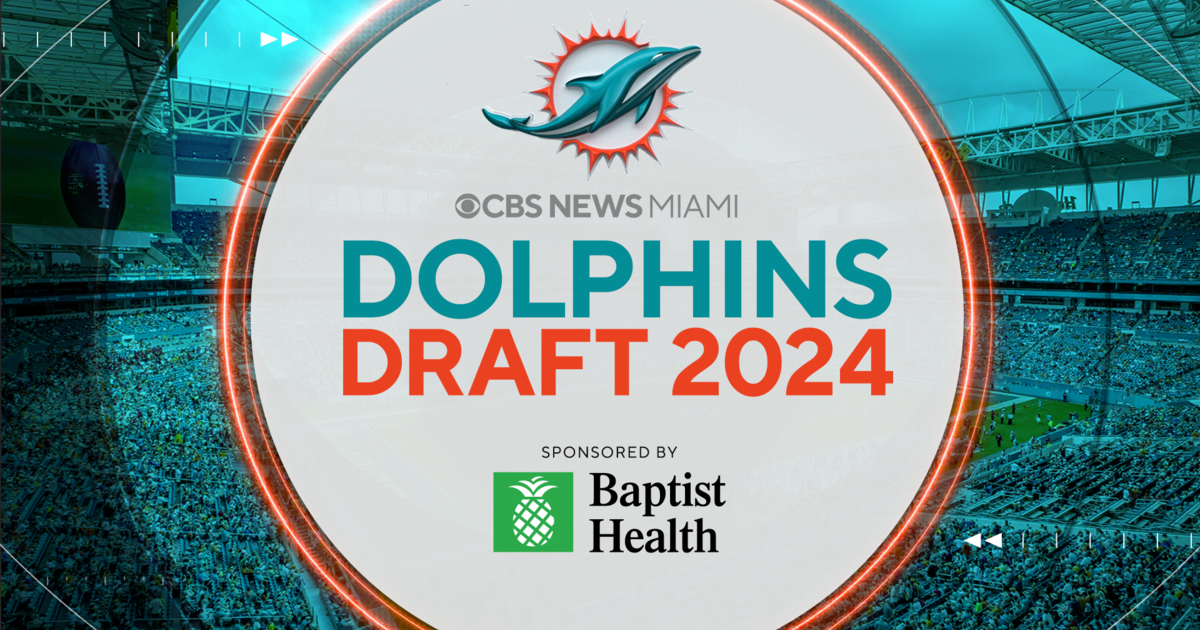History-Making Births At Zoo Miami
SOUTHWEST MIAMI-DADE (CBS4) -- Zoo Miami has made history with the birth of a litter of endangered Giant River Otters.
Zoo Miami is one of only six zoos in the country to house Giant River Otters and is now only the second zoo in the country to successfully reproduce them. The first is the Philadelphia Zoo.
The litter was born in a special den box in the "Amazon and Beyond" exhibit on January 31st and the parents and pups have been left alone, off exhibit and in seclusion because of an extreme sensitivity to external activity.
But after several weeks of bonding time, the pups were briefly separated from their parents on Wednesday so a staff veterinarian could perform a neonatal exam on the newborns. It was the first time staff could truly examine the babies and assess their condition.
There are two pups, one male and one female. Each weighs between 2 and 3 pounds. Neither of the pups has opened their eyes yet but all indications from the quick exam are that they appear to be healthy and strong.
The first-time mother's name is "Kara," and she was captive born at the Philadelphia Zoo in March of 2005 and arrived at Zoo Miami on June 4th, 2008. She is on loan to Zoo Miami from the Brazilian Institute of the Environment and Natural Resources in Brazil.
The first time father's name is "Witoto," and he is on loan from the Cali Zoo in Cali, Colombia where he was born in April of 2004.
Zoo Miami calls it a "truly international collaboration in an effort to preserve this extremely rare animal!"
The Giant River Otters have been a visitor favorite at "Amazon and Beyond" since the exhibit's opening in 2008.
Giant Otters are the longest of the world's 13 otter species with males reaching a length of 6 ft. and a weight of approximately 75 lbs. Commonly called "River Wolves" in their native habitat, Giant Otters are found in isolated and remote areas within some freshwater lakes, rivers, creeks, and reservoirs of tropical South America. Their numbers have been drastically reduced due to fur hunting and habitat destruction. In the wild they feed mainly on fish, but have also been known to eat caiman and snakes. They are highly social and can be found in family groups of 10 – 20 animals with a lifespan of approximately 12 years in the wild and up to 21 years in captivity.
It will be several weeks before the pups and their parents are given access to the exhibit area where the parents will teach each pup individually how to swim.



